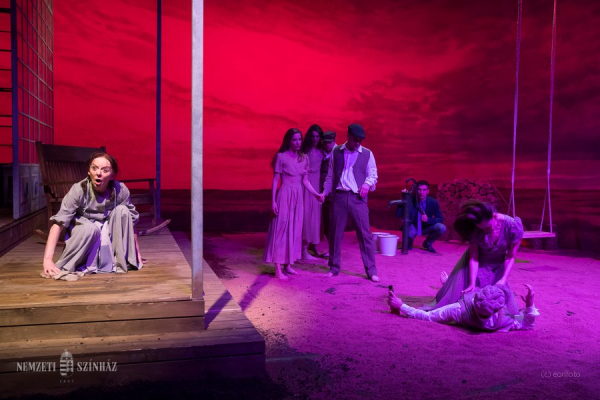
Dancing at Lughnasa
Michael Mundy is a little boy who lives on a farm in Donegal county with his mother and her sisters. A reclusive, dreamy child with a vivid imagination, he is the narrator of this play. Harvest time has come in the summer of 1936, and the five Mundy siblings are struggling to survive. There are only two men in their life, Father Jack who had spent 25 years in Africa before going down with malaria, and returned home to live out the rest of his life in amnesiac stupor, and the father, Gerry, who comes and goes as and when he pleases. The radio has an important role as it makes the five women break into a crazy heathen dance from time to time. Through the prism of family drama, Brian Friel treats us to a complex image of human nature.
Born in Northern Ireland in 1929, the playwright, who has recently passed away, was preoccupied with the issues of loneliness, family and a country split in two. Catapulted to world fame by his play Philadelphia, Here I Come! in 1964, he went on to become the co-founder of Field Day Theatre Company in 1980, an influential cultural and political association. Written in 1990, Dancing at Lughnasa is one of his most famous pieces, earning him more prestige and numerous awards. Starring Meryl Streep, it was even adapted to movie, to great success. In Hungary, the play was staged at József Katona Theatre and the Szigligeti Theatre in Szolnok.
Choreographer Yvette Bozsik regarded the opportunity to direct the play as a challenge to clash the ideas of naturalist and abstract theatre. Manipulating the tension generated by the lack of and longing for dancing, she expresses the irrepressible human need to break the silence.



